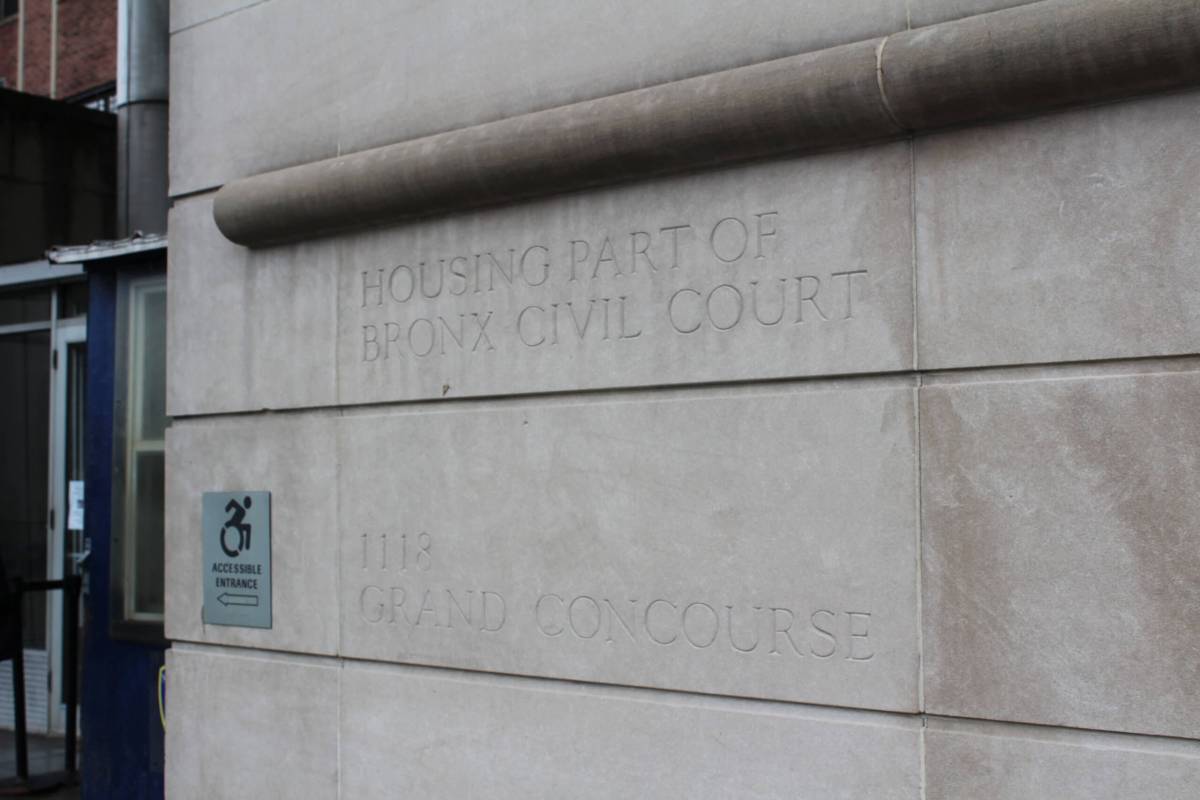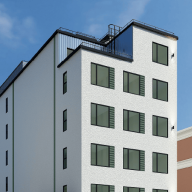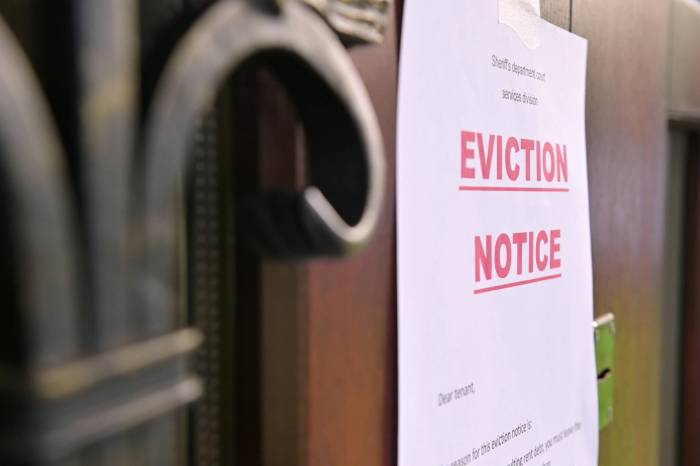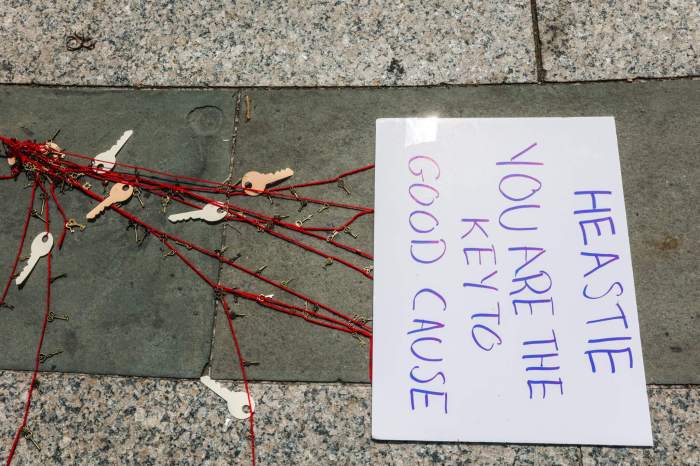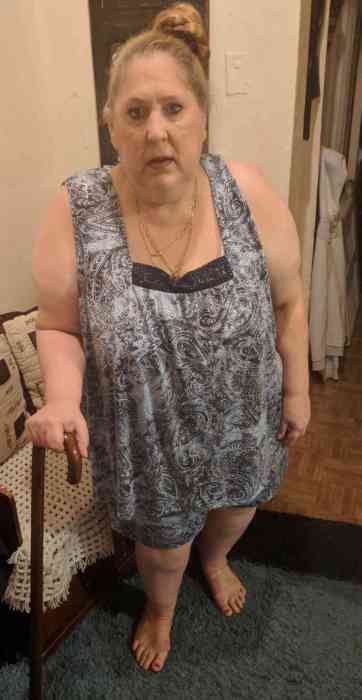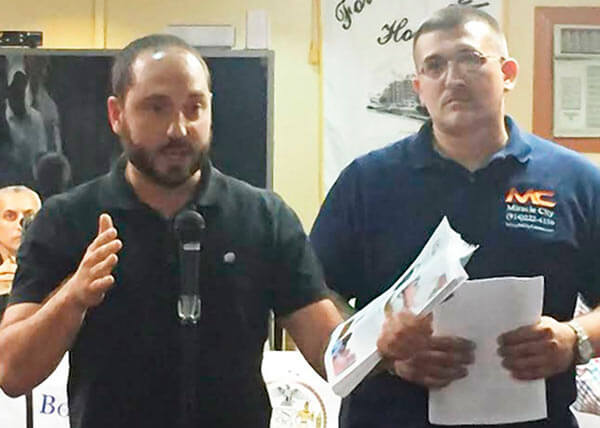The Association for Neighborhood and Housing Development’s latest Housing Risk Chart paints a grim picture of affordability and affordable housing for Bronxites, particularly those in the borough’s southern and northwest corridors.
Eight of the Bronx’s 12 community districts (CD) have been flagged as the highest for threats to affordable housing, a metric developed by ANHD that combines indicators such as demographics along with housing and social risk factors for the 59 districts citywide.
Bronx community districts 1-7 and 12, ranked in the top 10 overall, are plagued by high evictions filings, rent burdened households, tenant-initiated housing court cases, hazardous building conditions and public housing service outages.
The districts, according to ANHD’s datasets, are among the lowest income neighborhoods in the city, with a share of its residents people of color, non-native speakers and highly uninsured.
Community districts 5, 6 and 7 — which span Fordham, Belmont and Kingsbridge have threats to affordable housing scores higher than 20 — the highest non-Bronx score is 15 for Brooklyn’s CD 17 (East Flatbush).
While affordable housing boons are happening in the Bronx’s CD 7 (Kingsbridge/Bedford) and CD1 (Mott Haven/Melrose) with 720 and 686 new units, respectively. Despite both districts constructing new units at the highest rate citywide, those new units are considerably outside the median income of residents.
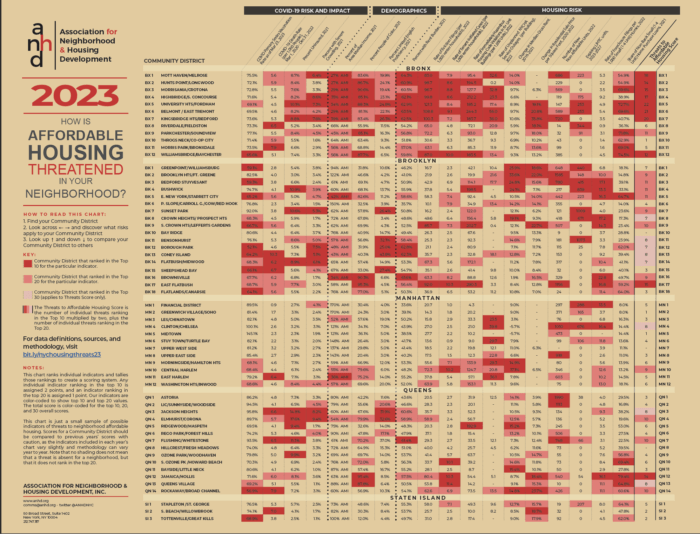
One of the major takeaways from the 2023 risk chart, according to ANHD, is a trend of low-income New Yorkers of color disproportionately on the end of negative renting outcomes such as evictions while also being priced out of neighborhoods, thanks to new development.
CD1 and CD6 (Belmont/East Tremont), where more than 80% of its residents are people of color, are spotlighted by ANHD as districts that are seeing a large addition of non-affordable units and soon-to-expire Low-Income Housing Tax Credit units, which are often targeted for those with 60% or less of the area median income (AMI).
In November, a report by The New York Housing Conference highlighted how the area median income set by the federal government for NYC is in stark contrast with actual income levels of New Yorkers.
The new AMI levels for a family of three were set by the U.S. Department of Housing and Urban Development for NYC at $94,500, while the city’s actual household median income remains at $60,550.
“Growing up in project public housing … and seeing the new luxurious affordable housing buildings coming up, you know, it kind of felt like they’re putting, like, a lot of effort into the Bronx, and you’re calling (these units) affordable housing,” Julie Colon, a lead tenant organizer with Northwest Bronx Community & Clergy Coalition, told to the Bronx Times in March. “But $65,000, that’s like really high for it to be, like, affordable housing (in the Bronx). So I think we need to define what it means to be like affordable in respect to people and their wages.”
The ANHD chart will be publicly Wednesday at an 11 a.m. City Hall Park press conference, where housing preservation groups and politicos, such as Fordham Councilmember Pierina Sanchez, will push for the renewal and expansion of funding the Community Housing Preservation Strategies (CHPS) Initiative, a council-funded tenants and homeowners resource program.
In 2022, six out of 11 Bronx state Assembly districts ranked in the top 10 — out of 150 districts statewide — for the highest eviction filing rates.
Current housing trends, ANHD notes, “paint a picture of gentrification and displacement of long-term residents.”
Prior to the pandemic, the Bronx also had the highest concentration of rent-burdened households — defined as paying more than 30% of household income in rent — at 56% of households, and the highest percentage of households earning less than $25,000.
Those trends have only exacerbated since the pandemic, housing advocates tell the Bronx Times.
At a Fordham University-hosted affordable housing forum on Monday, U.S. Rep. Ritchie Torres floated his solutions to address housing supply and subsidies, with a bill to expand the housing choice voucher program for certain low-income families and guarantee residents pay no more than 30% of their income to rent.
“In New York City, one of the greatest stumbling blocks to confronting the housing crisis is autocracy masquerading as democracy,” Torres said. “For example, our current land-use zoning process, where a small, vocal minority can get in the way of affordable housing development – that’s going to prevent us from solving problems like the affordability crisis.”
A product of Bronx public housing, Torres noted that his mother managed to support him and his two siblings on a $4.25 minimum wage job in the 1990s. A raise in the city’s minimum wage to $16 will come into effect in 2024, but that still may be underwhelming in meeting the high cost of living in New York City.
“I was born and raised in the Bronx, living the majority of my life in poverty,” said Torres. “Today, when demand for affordable housing far exceeds supply, there’s no path for solving our current crisis without creating more affordable housing. That’s just common sense.”

